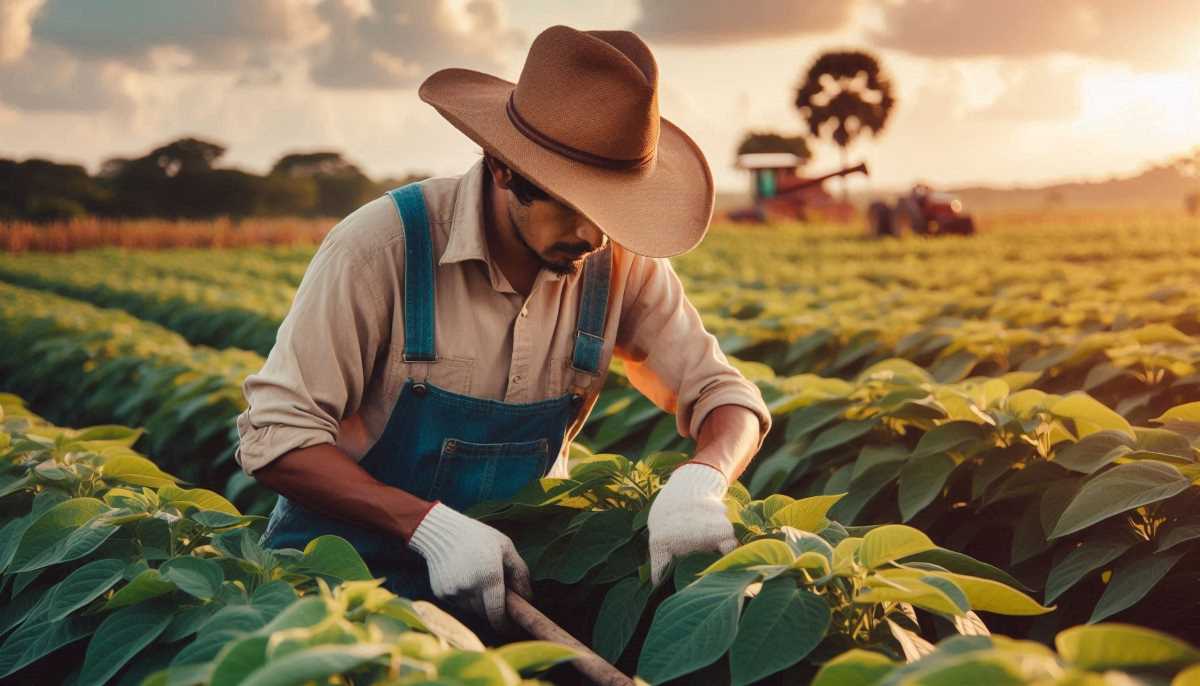The Secret Sauce of Tabasco's Agricultural Success
Tabasco's agriculture, fisheries, and forestry sectors have flourished. The state government has invested heavily in supporting producers, providing resources for livestock repopulation, disease control, equipment, and training.

In the past six years, Tabasco’s agricultural, fishing, and forestry sectors have undergone a quiet but remarkable transformation. Guided by the leadership of President Andrés Manuel López Obrador and support of Governor Carlos Manuel Merino Campos, a series of strategic interventions have bolstered the backbone of the region's economy: its primary producers. As the term nears its conclusion, the head of the Secretariat of Agricultural, Forestry and Fisheries Development (Sedafop), Jorge Suárez Vela, reflects on the impressive strides made and the challenges that were met head-on.
The mission of Sedafop under Suárez Vela was clear from the outset: to keep the countryside in constant motion. “The countryside does not wait,” Suárez Vela stated, emphasizing that continuous support is critical for the sector's vitality. This steadfast commitment was particularly tested during the Covid-19 pandemic, which required swift adjustments to the State Development Plan. Yet, throughout these tumultuous times, the agency kept its doors open, ensuring that support reached those who adhered to the established rules and legal frameworks. For Suárez Vela, this approach was about more than just policy—it was about resilience, adaptation, and unwavering service to the producers who form the heart of Tabasco’s economy.




